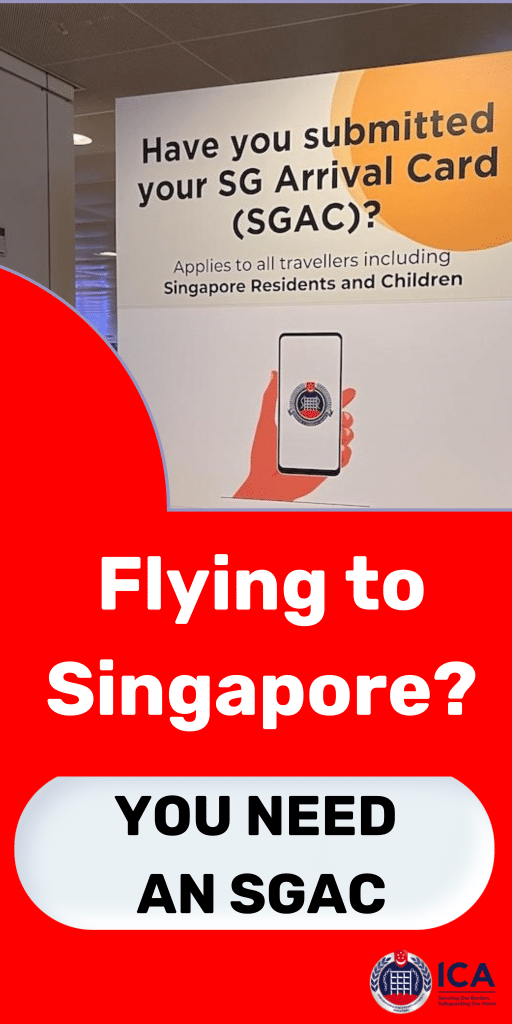Jaywalking – the act of illegally crossing streets away from designated crossings – is taken seriously in orderly Singapore. Jaywalking is not only frowned upon socially but also illegal under local laws. Fines up to $1000 can be levied for jaywalking, with repeat offenders facing jail time.
But what exactly constitutes jaywalking in Singapore? And how strictly is this pedestrian offense enforced? This article examines Singapore’s complex regulations, social norms and enforcement practices regarding jaywalking. We’ll also provide tips on crossing Singapore’s roads safely and legally.
What is Considered Jaywalking in Singapore?
Jaywalking laws aim to promote orderly road-crossing behavior for safety and traffic flow. The key rule is that pedestrians should only cross at designated locations like traffic light junctions, crosswalks and overhead bridges.
Illegal jaywalking occurs when pedestrians recklessly cross outside of these approved crossing sites. This includes:
- Crossing in the middle of a road instead of a junction
- Crossing from behind parked vehicles or covered walkways
- Ignoring pedestrian crossing lights and signs
Diagonal crossing at junctions is also prohibited – pedestrians should only cross perpendicular to traffic flow. Specific pedestrian crossings like expressway shoulders also legally bar jaywalking.
Strictly speaking, any unlawful road crossing constitutes jaywalking. But Singapore focuses enforcement on more egregious examples over technical breaches.
Why Singapore Cracks Down on Jaywalking
In Singapore, jaywalking is seen as not just dangerous but also evidence of antisocial behavior. Singapore papers even call jaywalkers “public enemy number one”.
Several reasons explain Singapore’s dim view of jaywalking:
- Safety: Jaywalking pedestrians are vulnerable to accidents, especially on busy roads. Preventing jaywalking thus protects pedestrians.
- Traffic Flow: Illegal crossing disrupts vehicle traffic and causes congestion. This affects all road users.
- Order: Jaywalking represents disregard for rules and norms. Singapore values social order and compliance.
- Behavior: Tolerating jaywalking encourages other misconduct like littering that inconveniences society.
Along with deterrent fines, social pressure also pushes compliance with jaywalking rules in Singapore. Being scolded as “selfish” or “undisciplined” provides motivation to obey crossing regulations.
Pedestrian Regulations and Infrastructure
To guide pedestrian behavior, Singapore employs comprehensive policies:
- Traffic Light Junctions: Signalized crossings with countdown timers are installed at major intersections. Pedestrians should only cross when allowed.
- Crosswalks: Zebra striped pedestrian crosswalks are marked near schools, MRT stations and high traffic areas. Some are also signalized.
- Barrier-Free Access: Ramps, lifts and tactile guidance are added to aid the disabled and elderly.
- Overhead Bridges: Walkways and bridges allow crossing without interrupting traffic, especially for expressways.
- Signs and Railings: Strict no jaywalking signs plus physical barriers deter illegal road crossing.
- Traffic Calming: Speed bumps and narrowed roads slow vehicles near pedestrian zones.
When crossing legally, pedestrians must also exercise caution and not endanger themselves. Singapore does not recognize “jay-driving”.
Penalties for Jaywalking
Those caught jaywalking in Singapore face escalating penalties:
- First offense – $100 fine
- Second offense – $150 fine
- Subsequent offenses – Up to $1000 fine and/or jail for up to 6 months
Fines are imposed under the Active Mobility Act and Road Traffic Act. Seniors over 60 years old receive up to a 50% discount on fines.
Along with fines, police may issue stern warnings about endangering oneself and others through reckless crossing. Repeat offenders face not just fines but also arrest and prosecution.
Enforcement Actions and Concerns
Active enforcement helps maintain Singapore’s strict anti-jaywalking environment:
- Plainclothes officers: Police disguise themselves at hotspots to catch jaywalkers.
- Crossing sweeps: Targeted operations issue dozens of tickets over a single crossing site.
- Shaming: Photos of illegal crossers are posted on Singapore police social media as added deterrence.
- Surveillance technology: Singapore is testing camera systems to automatically detect jaywalkers.
However, some concerns exist over excessive anti-jaywalking zeal:
- Disabled and elderly are sometimes fined despite difficulty using proper crossings.
- Tactics like shaming are criticized for being overkill for minor breaches.
- Surveillance overreach threatens privacy when enforcing petty offenses.
- Regulation focus should be on driver safety, not overly penalizing pedestrians.
Nonetheless, lax jaywalking enforcement remains unlikely in Singapore given its impact on orderliness.
Smart Practices for Pedestrians
The best way to avoid jaywalking fines is sticking to legal crossing places like traffic lights. But if you must cross elsewhere, some smart practices can reduce risk:
- Cross when traffic is light, with good sightlines to approaching vehicles. Avoid busy roads.
- Use informal crossing points that align with breakpoints in road dividers.
- Do not cross in front of buses and heavy vehicles that may obstruct other drivers’ vision.
- Avoid distractions like mobile phones when crossing illegally outside of safe crosswalks.
- Keep aware of potential police presence. Avoid crossing right in front of police.
- If fined, be polite and do not argue with enforcement officers.
- Consider using Grab or taxis to avoid jaywalking between destinations.
While regularly flouting pedestrian rules is inadvisable in Singapore, following sensible precautions can help pedestrians minimize illegal crossing dangers.
Key Takeaways on Jaywalking in Singapore
- Jaywalking is crossing illegally outside of approved junctions and crossings.
- Singapore cracks down on jaywalking for safety, traffic and public order reasons.
- Fines up to $1000 are imposed, with repeat offenders facing jail.
- Enforcement uses both plainclothes monitoring and public shaming tactics.
- Exercising caution can reduce risks when jaywalking is unavoidable.
- Following the rules and using proper crossings is the best way to avoid fines.

Goh Jun Cheng is the chief staff writer for SingaporeAirport.com. Jun Cheng graduated with a degree in journalism from Nanyang Technological University in Singapore.
He has over 5 years of experience writing about aviation, tourism, and lifestyle topics relevant to locals and visitors in Singapore. His articles provide insights into the rich culture, cuisine, and attractions of Singapore. Jun Cheng is an avid traveler who has visited over 15 countries.
When he is not writing or traveling, he enjoys photography, trying new foods, and hiking. As a longtime Singapore resident, Jun Cheng is passionate about sharing hidden gems and perspectives about his home country.




